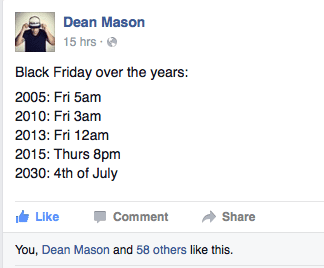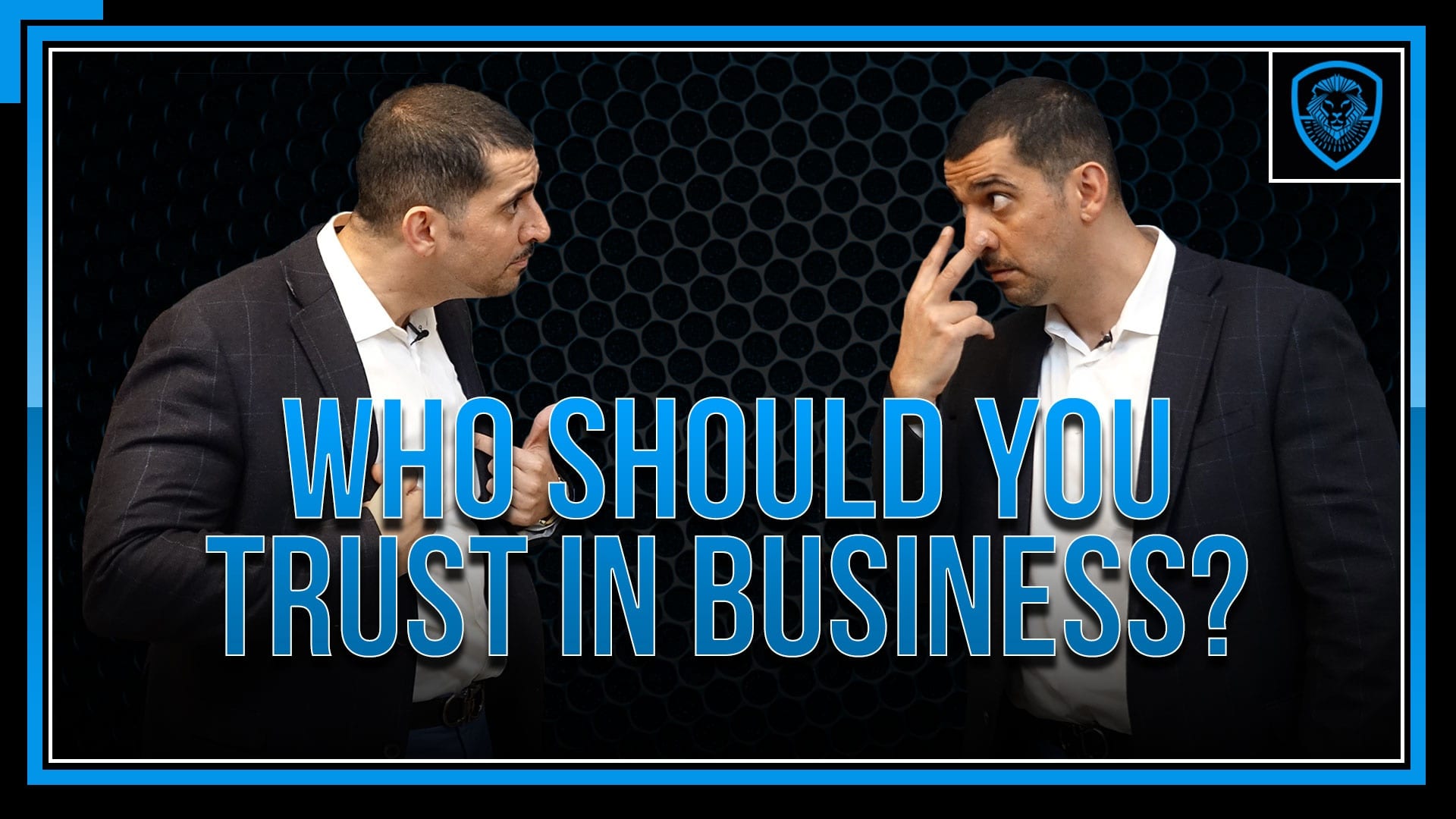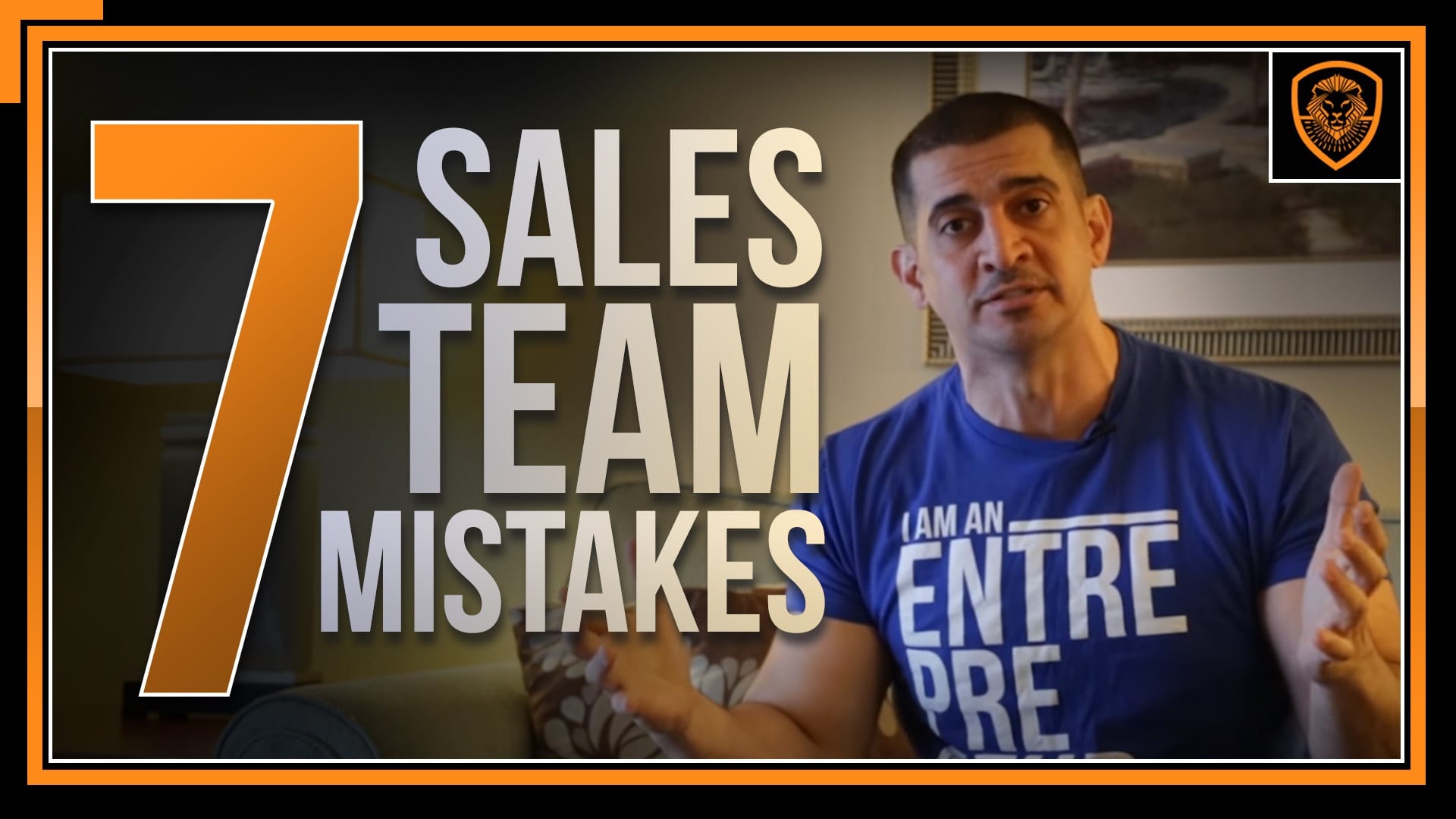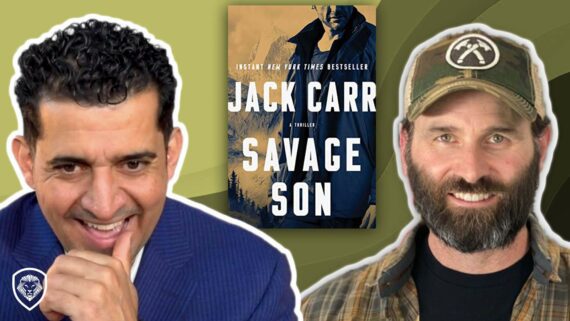 This article is by Hernan Vazquez. Hernan is an Entrepreneur and Digital Marketing expert. He works on providing value on his YouTube channel about the latest marketing approaches and strategies, as well as connecting with fellow entrepreneurs and business owners on his Facebook Group.
This article is by Hernan Vazquez. Hernan is an Entrepreneur and Digital Marketing expert. He works on providing value on his YouTube channel about the latest marketing approaches and strategies, as well as connecting with fellow entrepreneurs and business owners on his Facebook Group.
Many entrepreneurs get disappointed when they’re trying to launch their product or service to the market, only to find they get little to no traction. The days of “build it and they’ll come” are long gone by now. You need to have a consistent plan in place in order to launch your product with a bang.
That’s exactly what happened when I helped launching Watch Conspiracy during this past Black Friday. While I’d admit launching a product in one of the hottest seasons of the year was not the best route (ideally you want to have a proven product and sales page in place before any major sales event), we still did pretty well.
We created a list of around 2,500 interested people around the topic of luxury timepieces. We then started communicating with them via email previous to the official launch. At the time of the launch we generated around $20,000 in sales and 236 new customers. This is a decent setup for us to keep growing the platform.
However, the techniques that I’m going to show you today not only applies for new products, but also products that you want to re-package and maybe re-launch. That was exactly the case of Exotic Car Hacks, that already had some track record and a proven funnel and system.
With the techniques that I’m going to show you today, during Black Friday we generated a little over $50,000 in revenue and 502 new customers. Almost double what we made with a brand new product. So here are some techniques to launch your product or services with a bang.
Create a Timetable
A timetable for your launch is critical. I usually like to go with 90, 60 and 30 day periods. That is, 90 days to launch, 60 and 30 days to launch. This is super important because it will give you a good understanding of what you need to be doing at every step of the launch. On your timetable include things such as:
- Making a press release
- Contacting other entrepreneurs to promote your product
- Have advertising material ready
In short, this will be your map to navigate the waters of your launch.
On this page you can see the timetable that I use to keep my launches organized. It’s free to download. You’ll have to leave your email so that I can send it over immediately.
Get People Excited About the Launch
Once you have your timetable setup and in place, you’ll have to start creating some buzz. And the best place to do so is social media. Start posting about your new product in Facebook Groups, and LinkedIn communities. You can also tweet about it, make videos about it and upload to YouTube, etc.
The main point is to get people excited and create buzz. You can be as open or as “mysterious” as you’d like. One thing that has worked for me is to show results of people using the product or service, blurring some things from the image so that your followers don’t actually KNOW what you’re talking about, but they can start playing with their imagination (which is super powerful).
This has to be planned and executed accordingly. It’s not just posting a couple of times on social media and expecting people to magically be salivating about your new product. You need to cut through the noise, and that comes with planning and commitment.
Build a Waiting List
I cannot stress enough the importance of a waiting list for your product launch. People just happen to like waiting for stuff. I just HATE it, but some people will wait for six hours in front of a store to get “first hand” on a new gadget, phone or TV. And what big brands are doing is to create expectation and NEGATE the chance to actually solve that need they’re creating. This is a powerful concept for a launch.
So what you want to do is to start gathering emails, in the form of a waiting list. If you’ve followed the timetable above, you’ll need to start with the email gathering AT LEAST 60 days prior to the launch. If you do it at the 90 days mark even better. Remember, the bigger the list, the more people will want to purchase your product or service when you launch it!
Communicate With Your Audience
However, it’s not just about creating a waiting list and then going silent. Imagine if Apple would announce the new iPhone coming out next year, create buzz, generate a waiting list and then going silent. People would totally forget about the product, right?
So what you want to do is to keep the communication going with those people that are excited about your upcoming launch. Send them emails with more case studies. Create more anticipation, send them exclusive access to some features before launch, etc. The important thing here is to keep the communication going and set up a series of email for them to read while they wait for the date.
Make Pre-Launch and Launch Advertising Material
The main difference between pre-launch and launch advertising material is the message. In the pre-launch material (like Facebook and Google ads, email swipes, social posts, etc.) you want to create buzz and if anything, put people into your waiting list.
The launch advertising material is different though because you want people taking ACTION. The waiting has ended, they need to purchase now to get a nice launch discount (if you’re planning to make one, which I strongly suggest).
One of the best pre-launch materials ever are video series. I usually go with four to six videos that you can use to prime your waiting list, uncover more needs, fight objections and connect emotionally with your potential purchasers. Jeff Walker’s Product Launch Formula is the way to go if you want to know how to make pre-launch videos that convert like crazy.
Push Hard on Launch Date
All of the build-up that you’ve created so far will make the difference between you launching a great product or a having a great disappointment. That’s why having a planned launch is so important. The more you start planning in advance, the more edge you’ll have and the more time you’ll get to correct mistakes.
With that said, here are some best practices when it comes to the actual launch period itself.
- The launch window should be anywhere from five days to 15 days. I’d suggest you make a launch week and then keep another sort of discount running for an extra seven days before going to the “evergreen” official price of your product or service.
- It’s also advisable to send a 24 hours pre-launch coupon with the lowest price ever to the waiting list ONLY. That will give you a nice influx of sales and revenue that you can use to market heavily on the upcoming 10-15 days.
- Open the doors on the launch date and let everyone know.
- Reinforce scarcity either through time, stock or both. Meaning that you can say “limited to the first 300 people only” or “for the next 24 hours only," or both.
- When the price is about to change (at the 7th day and 14th day mark), reinforce scarcity even more. Don’t be afraid to email twice in a day. People will be grateful that you reminded them.
- Keep your word. This is important. If you said you’d increase pricing at the 7th day mark, DO IT. Even if you didn’t hit the sales you wanted to hit. This will give you credibility for upcoming launches and new products that you might want to release in the future.
We could be talking about launches and products for the next several weeks, but I hope these points will help you planning your next launch in advance and making a lot of new clients and money in the process.
By the way, before you launch a product, you of course first have to create it. If you struggle with this, be sure to check out the article and video, The 5 Keys on How to Start and Finish a Project.







